
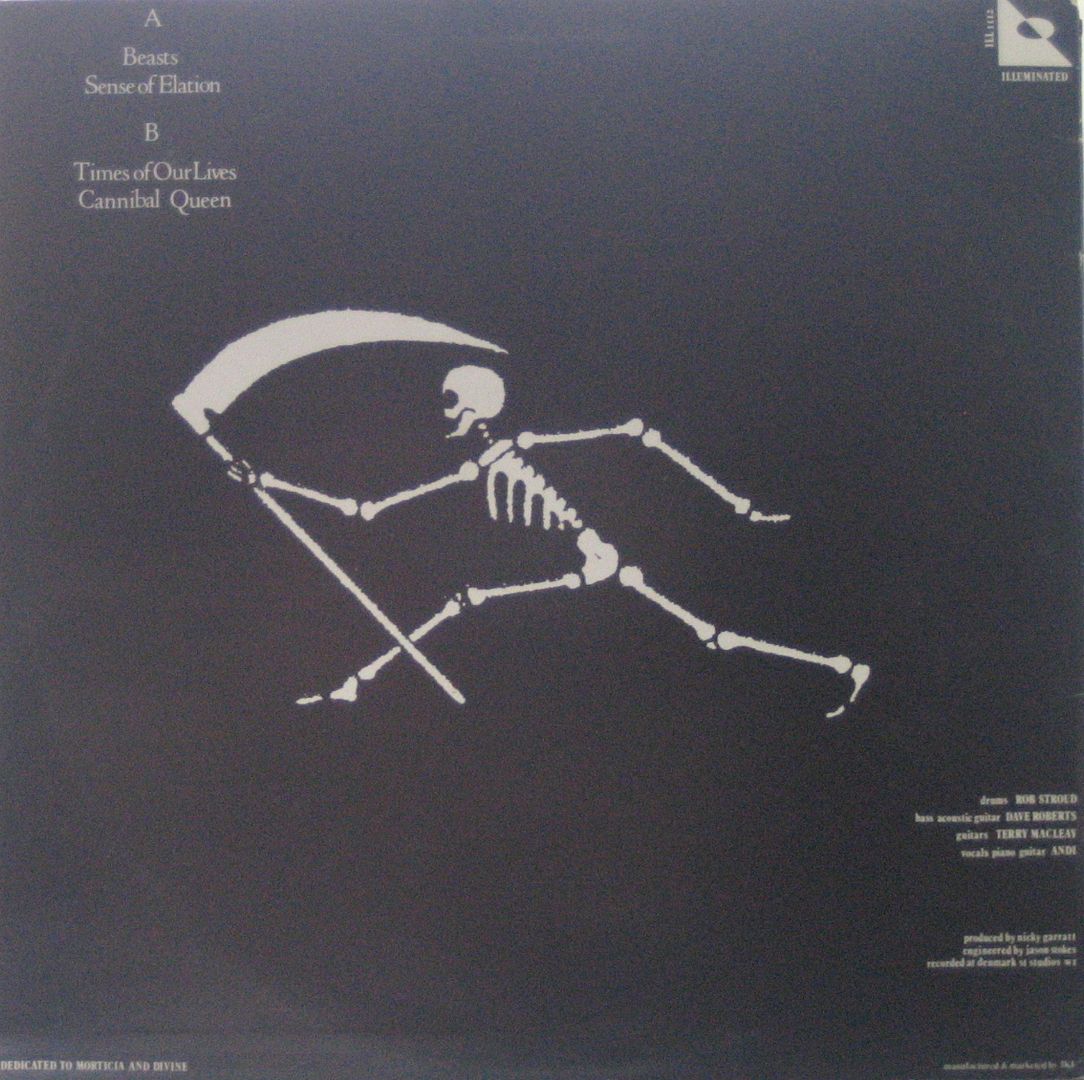
Times Of Our Lives / Cannibal Queen
On this years Halloween night I have uploaded the debut 12″ single by Sex Gang Children, four tracks of immense greatness from this exciting band which included one time Kill Your Pet Puppy collective member Dave Roberts on the bass duties. This band were a great night out and the LP ‘Song And Legend’ was and still is a stonewall classic…
Text below on S.G.C eerily appeared on KYPP via allmusic.com.

One of the most original and, in terms of frontman Andi Sexgang’s longevity, persistent of all the early-’80s British goth bands, the Sex Gang Children came together in early 1981 around a nucleus of Sexgang, bassist Dave Roberts, guitarist Terry MacLeay, and drummer Rob Stroud. All were unknowns, ensuring that the group’s name was more fascinating than their membership. A William Burroughs line that had been grafted into a song by Bow Wow Wow, “Sex Gang Children” was promptly co-opted by one Boy George when he bowed out of that band after just two live shows in February 1981 to form his own group. But hopeful of landing a swift record deal, George conceded that Sex Gang Children was not a name that would take them far. He chose Culture Club instead, then gifted the discarded name to Andi.
By early 1982, the Sex Gang Children were regulars at the Clarendon Hotel in Hammersmith, where they recorded their debut album, the cassette-only live album Naked. The Illuminated label moved in for them within weeks of its release; the band’s first single, the four-song Beasts EP, was in the stores by August 1982. Days later, however, it was out of them again, after somebody realized they’d not procured the necessary permissions for the Diane Arbus photo on the picture sleeve. With a major lawsuit apparently imminent, the record was briefly withdrawn while the sleeves were removed, but still Beasts reached number eight on the indie chart and hung around the listings for much of the next 12 months.
Even more impressively, the band was attracting attention from further afield, as well. Tony James, midway between playing bass with the now-sundered Generation X and masterminding the nascent Sigue Sigue Sputnik, was sufficiently enamored to produce the Children’s next single, October 1982’s “Into the Abyss.”
Spring 1983 saw Sex Gang Children’s sophomore album, Song and Legend, top the independent chart for a fortnight, before spinning off two hit singles, the title track and the tumescent, eerily fiddle-fired “Sebastiane.” Of course, the band also starred on The Whip, the now-legendary goth compilation conceived by Dave Roberts, but despite these successes the Sex Gangs quickly discovered that record companies and contracts are not, necessarily, the answer to an artist’s prayers. When the band’s contract with Illuminated expired in June 1983, any number of major record labels were actively in pursuit of the group. Buoyed by a swaggering confidence that really did seem to be their right, the band turned them all down, convinced that something better was just around the corner. Sadly, it wasn’t. They had burned their boats with Illuminated as well, and slowly things began disintegrating.
Rob Stroud was first to depart, simply not turning up to a show. (He later resurfaced in Aemotii Crii.) The band initially replaced him with Steve Harle, before turning to former Theatre of Hate drummer Nigel Preston, and in September 1983, a one-off deal with the independent Clay label brought a new single, “Mauritia Mayer.” Added to the stockpile of material cut since the last album — an impressive bundle that included fresh sessions with Tony James — it boded well for a new LP. Barely had this lineup settled down, however, than Preston quit to rejoin his old Theatre of Hate mate Billy Duffy in the Cult.
The Cult’s own former drummer, Ray Taylor-Smith, promptly replaced him, only to be forced out just months later when, returning to London from their first American tour, the band discovered that the Sierra Leone-born drummer was in the U.K. illegally. He was deported home, at which point Roberts, too, quit the band.
Andi and MacLeay kept the Sex Gang Children alive for a few months more, returning to Illuminated to cut a new single, “Draconian Dream,” with a new rhythm section of Cam Campbell and Kevin Matthews. Producer Simon Boswell also remixed “Dieche,” the B-side of the old “Into the Abyss” single. This became the A-side and, in July 1984, Sex Gang Children scored their final independent hit.
Halloween history and traditions

Halloween, celebrated each year on October 31, is a mix of ancient Celtic practices, Catholic and Roman religious rituals and European folk traditions that blended together over time to create the holiday we know today. Straddling the line between fall and winter, plenty and paucity and life and death, Halloween is a time of celebration and superstition. Halloween has long been thought of as a day when the dead can return to the earth, and ancient Celts would light bonfires and wear costumes to ward off these roaming ghosts. The Celtic holiday of Samhain, the Catholic Hallowmas period of All Saints’ Day and All Souls’ Day and the Roman festival of Feralia all influenced the modern holiday of Halloween. In the 19th century, Halloween began to lose its religious connotation, becoming a more secular community-based children’s holiday. Although the superstitions and beliefs surrounding Halloween may have evolved over the years, as the days grow shorter and the nights get colder, people can still look forward to parades, costumes and sweet treats to usher in the winter season.
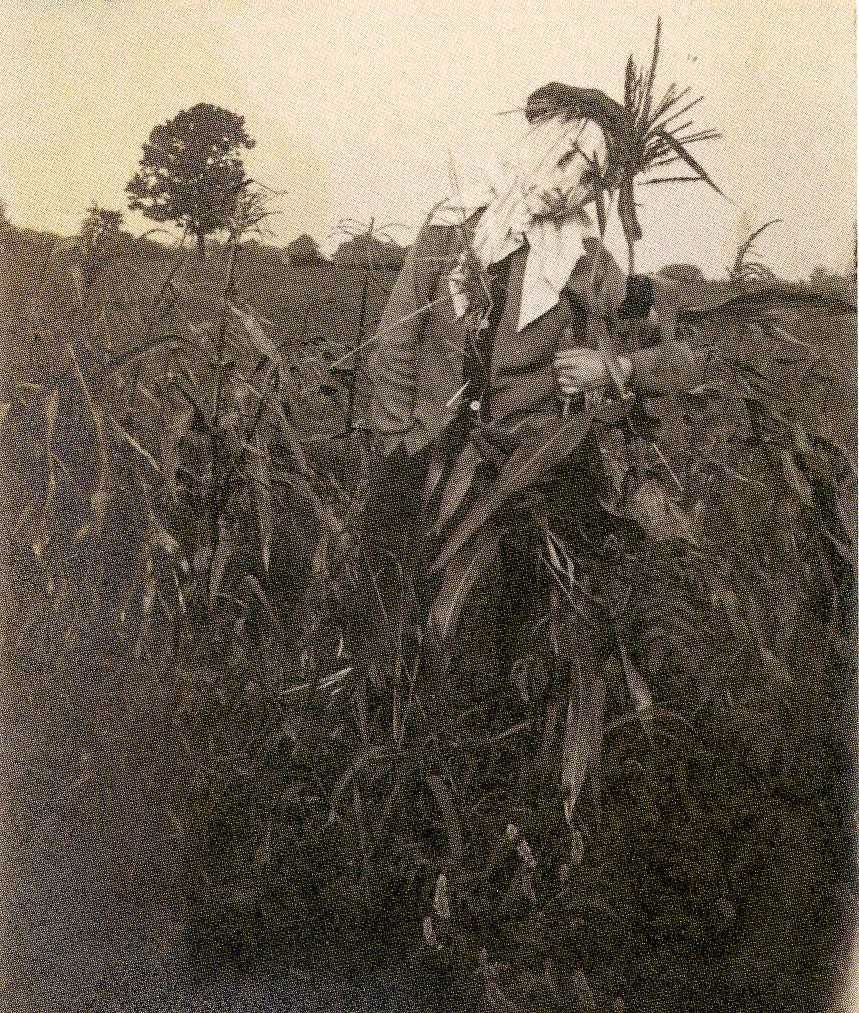
Halloween’s origins date back to the ancient Celtic festival of Samhain.
The Celts, who lived 2,000 years ago in the area that is now Ireland, the United Kingdom, and northern France, celebrated their new year on November 1. This day marked the end of summer and the harvest and the beginning of the dark, cold winter, a time of year that was often associated with human death. Celts believed that on the night before the new year, the boundary between the worlds of the living and the dead became blurred. On the night of October 31, they celebrated Samhain, when it was believed that the ghosts of the dead returned to earth. In addition to causing trouble and damaging crops, Celts thought that the presence of the otherworldly spirits made it easier for the Druids, or Celtic priests, to make predictions about the future. For a people entirely dependent on the volatile natural world, these prophecies were an important source of comfort and direction during the long, dark winter.
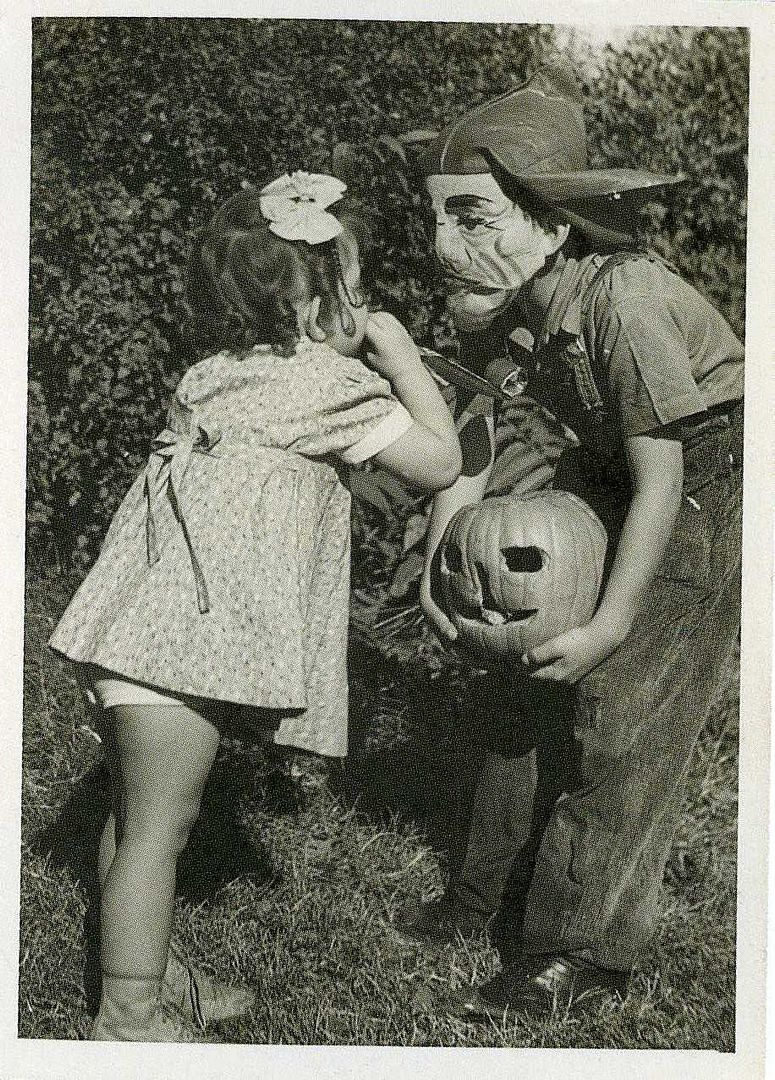
To commemorate the event, Druids built huge sacred bonfires, where the people gathered to burn crops and animals as sacrifices to the Celtic deities.
During the celebration, the Celts wore costumes, typically consisting of animal heads and skins, and attempted to tell each other’s fortunes. When the celebration was over, they re-lit their hearth fires, which they had extinguished earlier that evening, from the sacred bonfire to help protect them during the coming winter.
By A.D. 43, Romans had conquered the majority of Celtic territory. In the course of the four hundred years that they ruled the Celtic lands, two festivals of Roman origin were combined with the traditional Celtic celebration of Samhain.
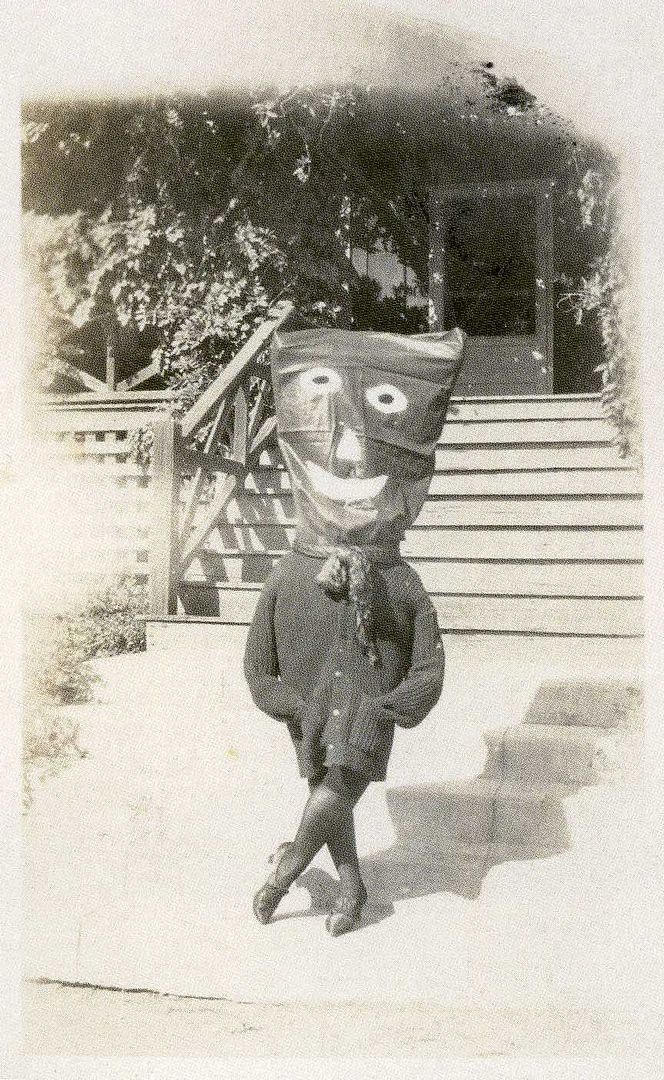
The first was Feralia, a day in late October when the Romans traditionally commemorated the passing of the dead. The second was a day to honor Pomona, the Roman goddess of fruit and trees. The symbol of Pomona is the apple and the incorporation of this celebration into Samhain probably explains the tradition of “bobbing” for apples that is practiced today on Halloween.
By the 800s, the influence of Christianity had spread into Celtic lands. In the seventh century, Pope Boniface IV designated November 1 All Saints’ Day, a time to honor saints and martyrs. It is widely believed today that the pope was attempting to replace the Celtic festival of the dead with a related, but church-sanctioned holiday. The celebration was also called All-hallows or All-hallowmas (from Middle English Alholowmesse meaning All Saints’ Day) and the night before it, the night of Samhain, began to be called All-hallows Eve and, eventually, Halloween. Even later, in A.D. 1000, the church would make November 2 All Souls’ Day, a day to honor the dead. It was celebrated similarly to Samhain, with big bonfires, parades, and dressing up in costumes as saints, angels, and devils. Together, the three celebrations, the eve of All Saints’, All Saints’, and All Souls’, were called Hallowmas.
Halloween has always been a holiday filled with mystery, magic and superstition. It began as a Celtic end-of-summer festival during which people felt especially close to deceased relatives and friends. For these friendly spirits, they set places at the dinner table, left treats on doorsteps and along the side of the road and lit candles to help loved ones find their way back to the spirit world.
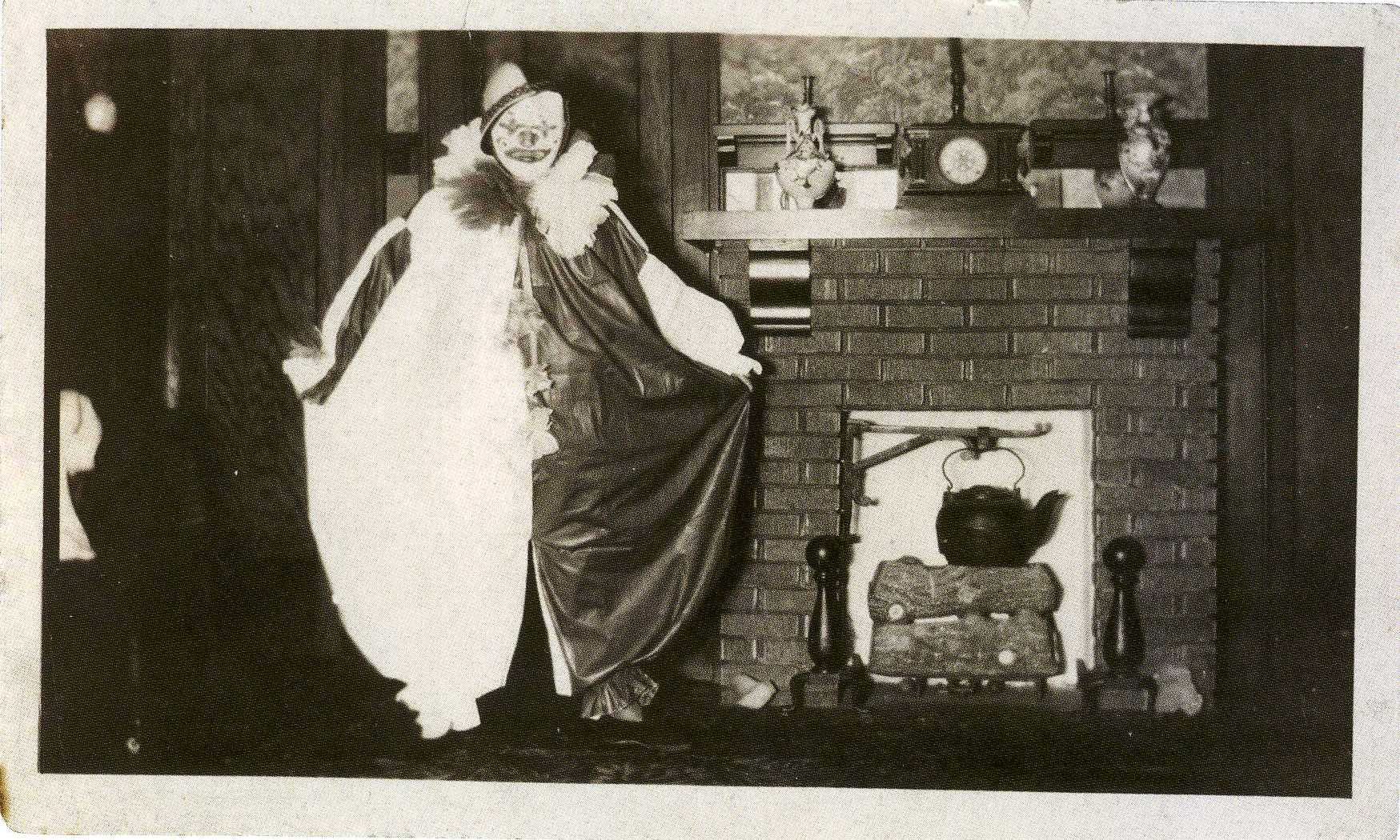
Today’s Halloween ghosts are often depicted as more fearsome and malevolent, and our customs and superstitions are scarier too. We avoid crossing paths with black cats, afraid that they might bring us bad luck. This idea has its roots in the Middle Ages, when many people believed that witches avoided detection by turning themselves into cats. We try not to walk under ladders for the same reason. This superstition may have come from the ancient Egyptians, who believed that triangles were sacred; it also may have something to do with the fact that walking under a leaning ladder tends to be fairly unsafe. And around Halloween, especially, we try to avoid breaking mirrors, stepping on cracks in the road or spilling salt.
But what about the Halloween traditions and beliefs that today’s trick-or-treaters have forgotten all about? Many of these obsolete rituals focused on the future instead of the past and the living instead of the dead. In particular, many had to do with helping young women identify their future husbands and reassuring them that they would someday, with luck, by next Halloween, be married.
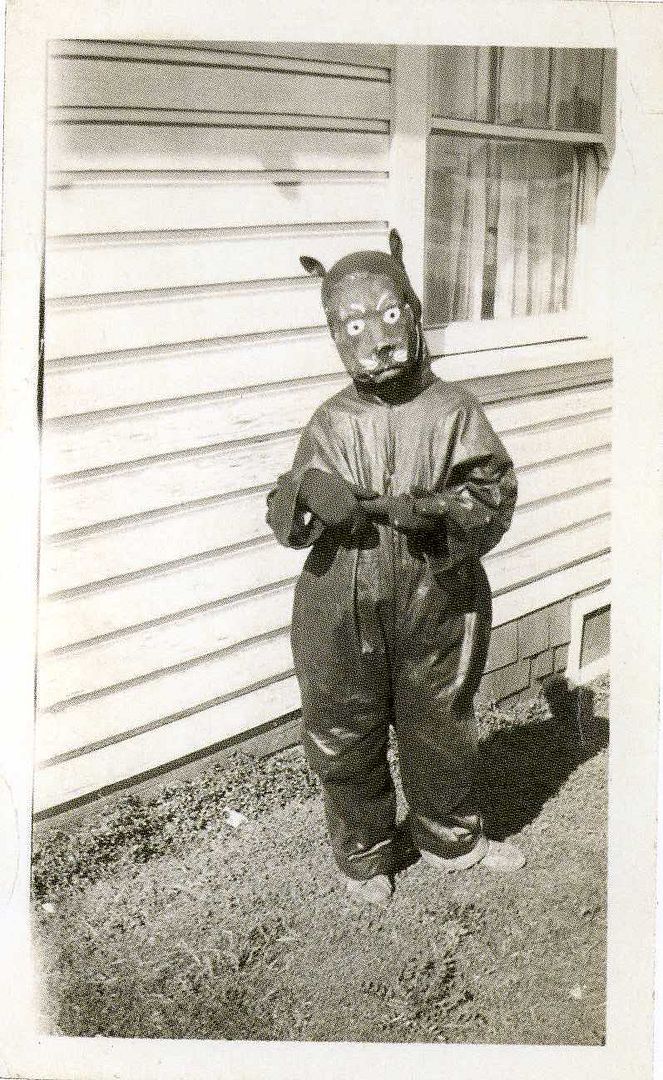
In 18th-century Ireland, a matchmaking cook might bury a ring in her mashed potatoes on Halloween night, hoping to bring true love to the diner who found it. In Scotland, fortune-tellers recommended that an eligible young woman name a hazelnut for each of her suitors and then toss the nuts into the fireplace. The nut that burned to ashes rather than popping or exploding, the story went, represented the girl’s future husband. (In some versions of this legend, confusingly, the opposite was true: The nut that burned away symbolized a love that would not last.) Another tale had it that if a young woman ate a sugary concoction made out of walnuts, hazelnuts and nutmeg before bed on Halloween night, she would dream about her future husband. Young women tossed apple-peels over their shoulders, hoping that the peels would fall on the floor in the shape of their future husbands’ initials; tried to learn about their futures by peering at egg yolks floating in a bowl of water; and stood in front of mirrors in darkened rooms, holding candles and looking over their shoulders for their husbands’ faces.
Other rituals were more competitive. At some Halloween parties, the first guest to find a burr on a chestnut-hunt would be the first to marry; at others, the first successful apple-bobber would be the first down the aisle.
Another day with connections to Halloween is Guy Fawkes Day, celebrated on November 5. Guy Fawkes was a Roman Catholic who planned to blow up the Protestant House of Parliament on November 5, 1606; luckily for the House, he was apprehended and executed. Afterwards, the anniversary of the day was celebrated by building straw effigies, entreating passersby for “a penny for the Guy”, and finally burning “the Guys” in bonfires.
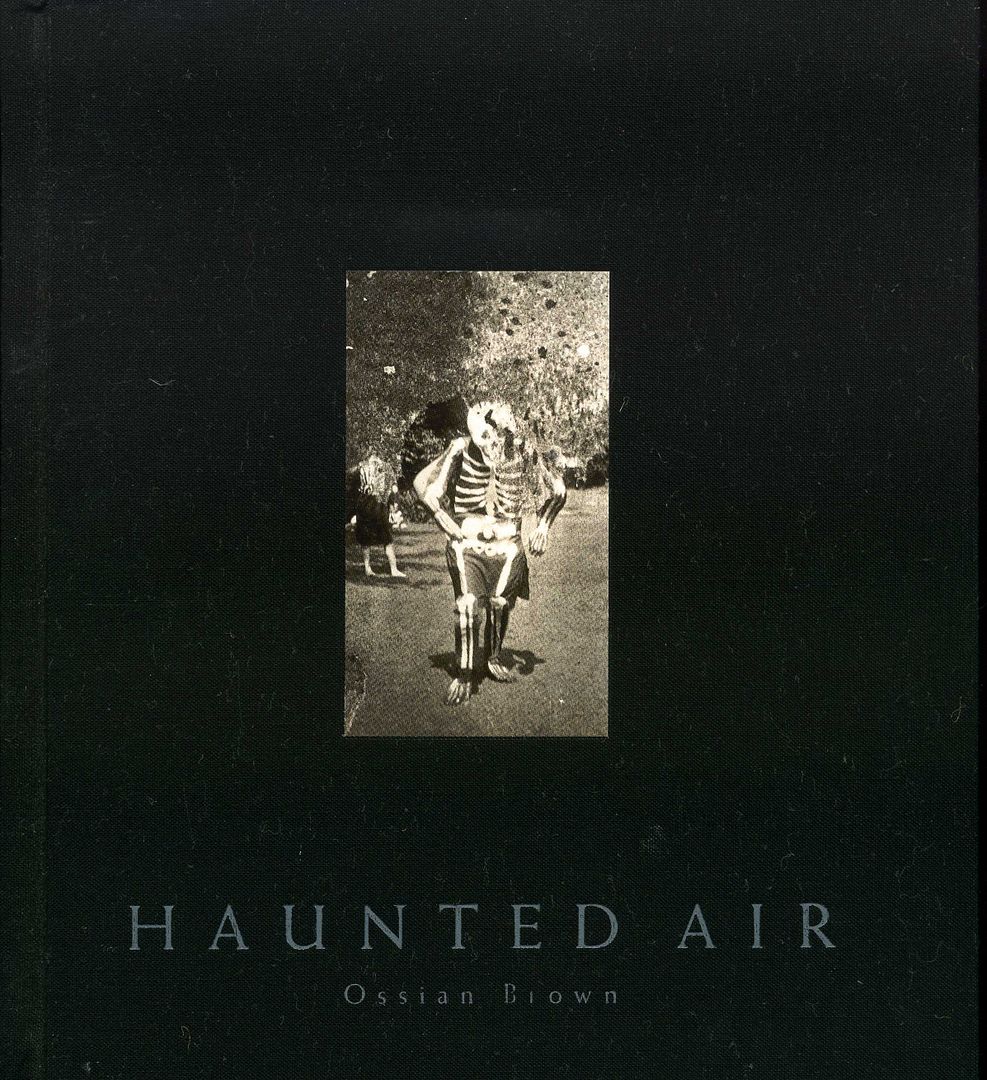
All the period photographs of Halloween children and adults that are displayed on this post are courtesy of the Ossian Brown book ‘Haunted Air’. Ossian has collated dozens of astonishing photographs for this charming and luxurious felt covered hardback book. All the photographs were taken in the United States Of America between the late 19th and the mid 20th century.
I would like to thank Ossian for sending me two signed copies of this beautiful book, one which went straight up to Sheffield towards the eager hands of my younger brother who knew Ossian, as I did also, in the mid 1980s.
Ossian is a member of Cyclobe as well as working in collaboration with David Tibet’s Current 93.
Haunted Air is available now ISBN 9780224089708 published by Jonathan Cape with a forward passage by David Lynch and Geoff Cox

Si
November 2, 2011 at 12:30 pmYet again a fantastic post – the photos are truly startling – I for one will be ordering a copy of Ossian’s book.
All the best
Sean
November 2, 2011 at 3:44 pmGreat stuff, haven’t listened to this in years. I agree the images are captivatingly beautiful – I’ve just ordered the book. They remind me a little of some of Edward Curtis’s pictures of Native Americans taken a few years earlier- I wonder how much influence there was between Native American imagery and American Halloween costumes? These communities grew up alongside (and displaced) a shamanistic culture with costumed ritual at it’s heart.
http://dev.howtobearetronaut.com/2011/09/ceremonial-dress-of-the-kwakiutl-and-nootka-tribes-of-british-columbia-1914/
dan i
November 3, 2011 at 6:30 pmRay had been in the UK legally to start with, on diplomatic passports through his family, but this had lapsed as far as i remember.
Ray was a lovely and funny bloke and i think all who knew him were gutted about what happened. Did no one think to check before they went to the US?
Does anyone have any idea what happened to him afterwards?
chas
November 19, 2011 at 2:19 pmevery man and woman (and dog) is a star
Henry Ponds
December 14, 2011 at 2:11 amI was lucky enough to see and meet Andi Sexgang in Detroit some 20 years ago. He had the coolest hand shake EVER!…as your doing the old fashion cool dude thumb wrap shake Andi would snap his fingers release and point at ya with a smile! Cheers! HenryPonds
Daniel
January 16, 2012 at 5:19 pmJust found your blog…enjoying it a lot. Thanks.
Nick Hydra
May 25, 2023 at 2:20 pm“Fierce
young and wild
You breathe just like a bull
But you live
without a soul
Animal
in a human world”
I used to fucking HATE them, their audience was horrible and the singer was a prick, unfortunately I saw them all the time as they supported UK Decay a lot (and often seemed to be second on the bill to a lot of bands I liked).
It was only after they split up and I didn’t have to look at them, that I could listen to them properly, and appreciate them.